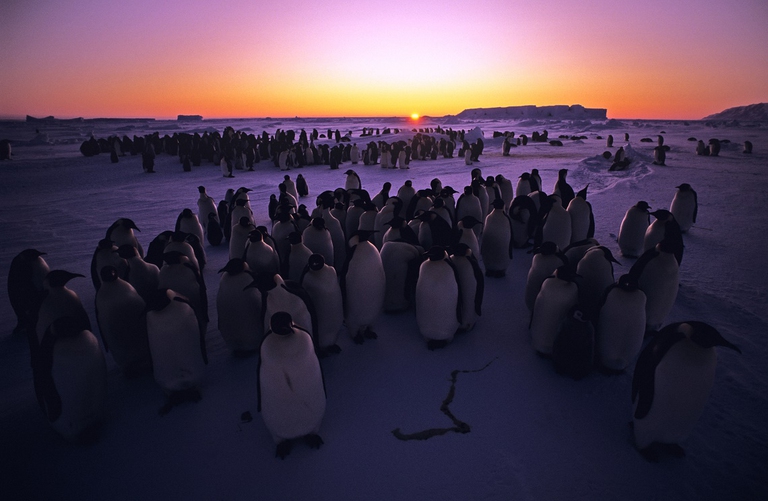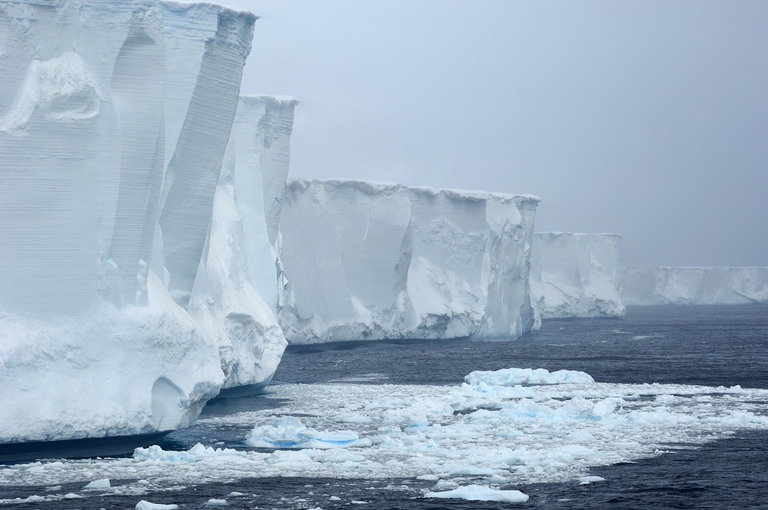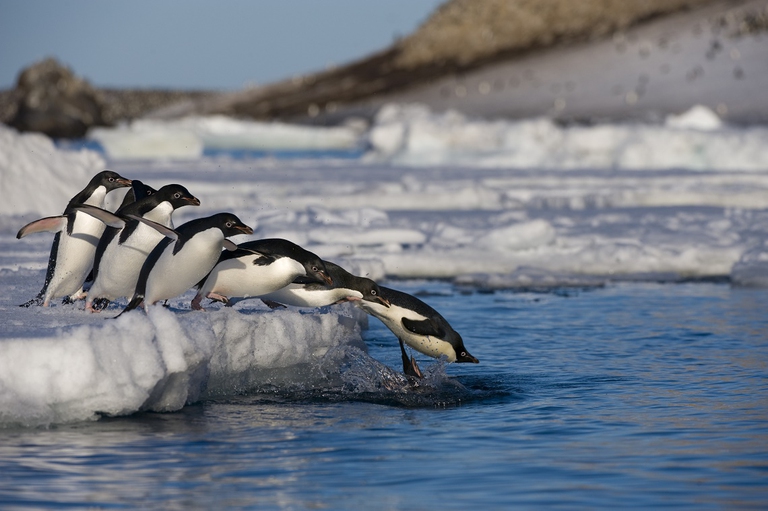
Our species took its first steps in a world covered in trees. Today, forests offer us sustenance, shelter, and clean the air that we breathe.
L’area protetta si trova nel Mare di Ross, nel Pacifico, e occuperà una superficie di 1,55 milioni di chilometri quadrati.
Antarctica is a remote, hostile place characterised by a harsh climate and immense, sparkling ice expanses. It is one of our planet’s last wilderness paradises, mostly uncontaminated by human impact.
This extraordinary unexplored and biodiverse ecosystem will remain pristine as a joined proposal of the United States and New Zealand has been approved to create a protected area of 1.55 million square kilometres in the Ross Sea, Antarctica. The decision has been made in occasion of a meeting of the Commission for the Conservation of Antarctic Marine Living Resources (CCAMLR) and is aimed to protect the area’s biodiversity and allow fish stocks to recover.
The Ross Sea – the size of Alaska – is the world’s most isolated marine area and boasts an extraordinary biodiversity thanks to its nutrient-rich waters. The area is home to more than 40 native species including Adelia penguins (Pygoscelis adeliae), emperor penguins (Aptenodytes forsteri), common minke whales (Balaenoptera acutorostrata), killer whales (Orcinus orca), and Weddell seals (Leptonychotes weddellii). The area has always been threatened by the increasing demand for fish, so some 1.1 square kilometres will gain protection from commercial fishing under the new agreement. However, there will be special zones where fishing will be allowed for research purposes.
The agreement, reached after five years of negotiations between the US and New Zealand, will grant protection for 35 years, as of December 2017. Therefore, in 2052 the countries will have to decide whether extend the protection of the area or not.
The decision to create a marine protected area has been made by the delegates of 24 countries of the Commission for the Conservation of Antarctic Marine Living Resources and the European Union. This will be the first protected area in international waters and “the decision represents an almost unprecedented level of international cooperation regarding a large marine ecosystem comprising important benthic and pelagic habitats,” said Andrew Wright, CCAMLR Executive Secretary.
Siamo anche su WhatsApp. Segui il canale ufficiale LifeGate per restare aggiornata, aggiornato sulle ultime notizie e sulle nostre attività.
![]()
Quest'opera è distribuita con Licenza Creative Commons Attribuzione - Non commerciale - Non opere derivate 4.0 Internazionale.
Our species took its first steps in a world covered in trees. Today, forests offer us sustenance, shelter, and clean the air that we breathe.
Poachers in Africa are encroaching on wildlife land and killing rhinos in travel hot spots now devoid of visitors due to the coronavirus pandemic.
Actor and environmental activist Leonardo DiCaprio has contributed two million dollars to a fund to protect Virunga National Park in Congo from threats such as terrorism, the coronavirus and poaching.
For the first time in seventeen years, Iceland’s two main whaling companies won’t resume whale hunting. The announcement concerns this year’s season but could carry into the future.
The relationship between the coronavirus and wildlife is complex: while the pandemic may lead to a reduction in the illegal trade in wild animals, it may also encourage it in other respects.
The largest coral reef in the world is severely threatened by climate change, but researchers are developing strategies that could contribute to saving the Great Barrier Reef.
NGO Free the Bears has opened a mountain sanctuary for moon bears in Laos. With the government’s help, it aims to close all bile farms by 2022.
Seychelles have extended its marine protected area, which now covers over 400,000 square kilometres, an area larger than Germany.
The tapir was reintroduced into Brazil’s Atlantic Forest, the country’s most at-risk ecosystem. The species can play a key role in the forest’s recovery.










